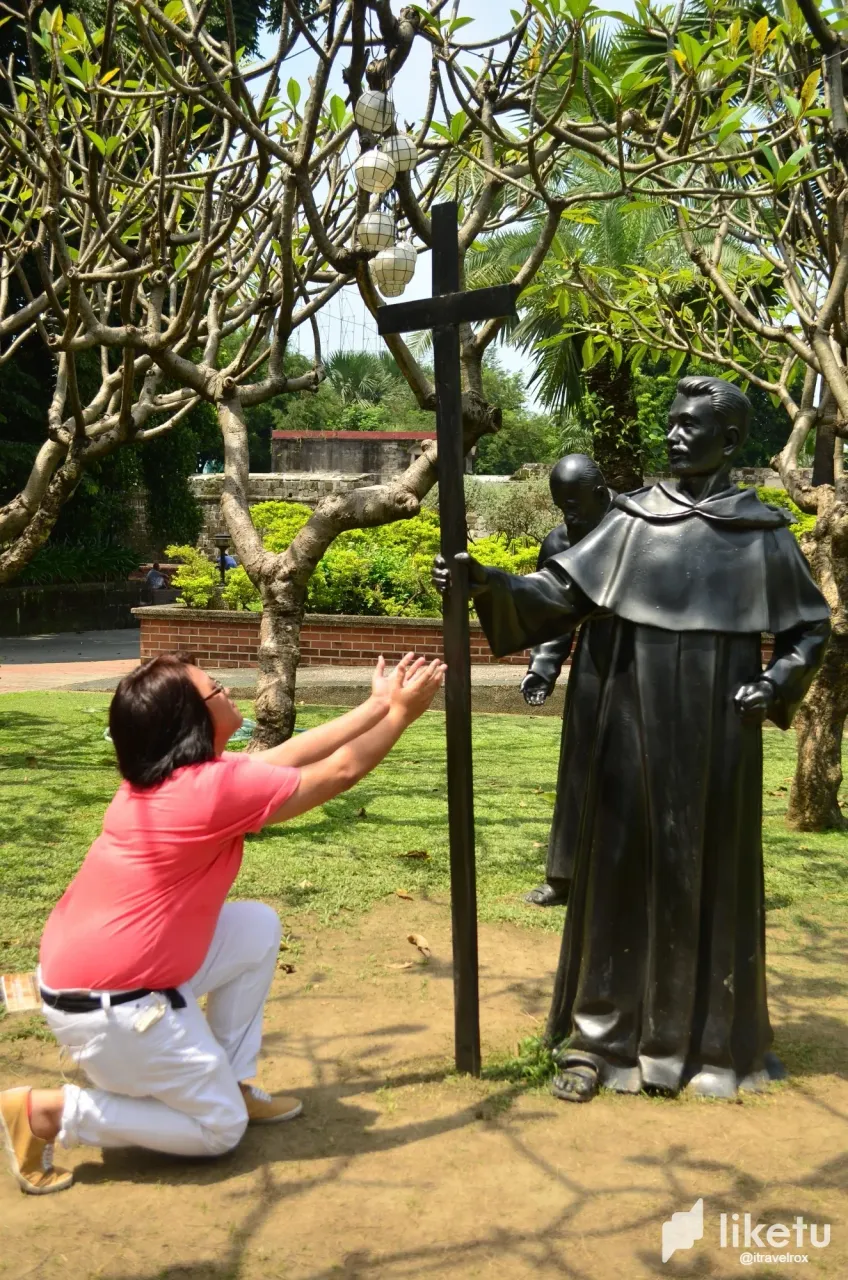
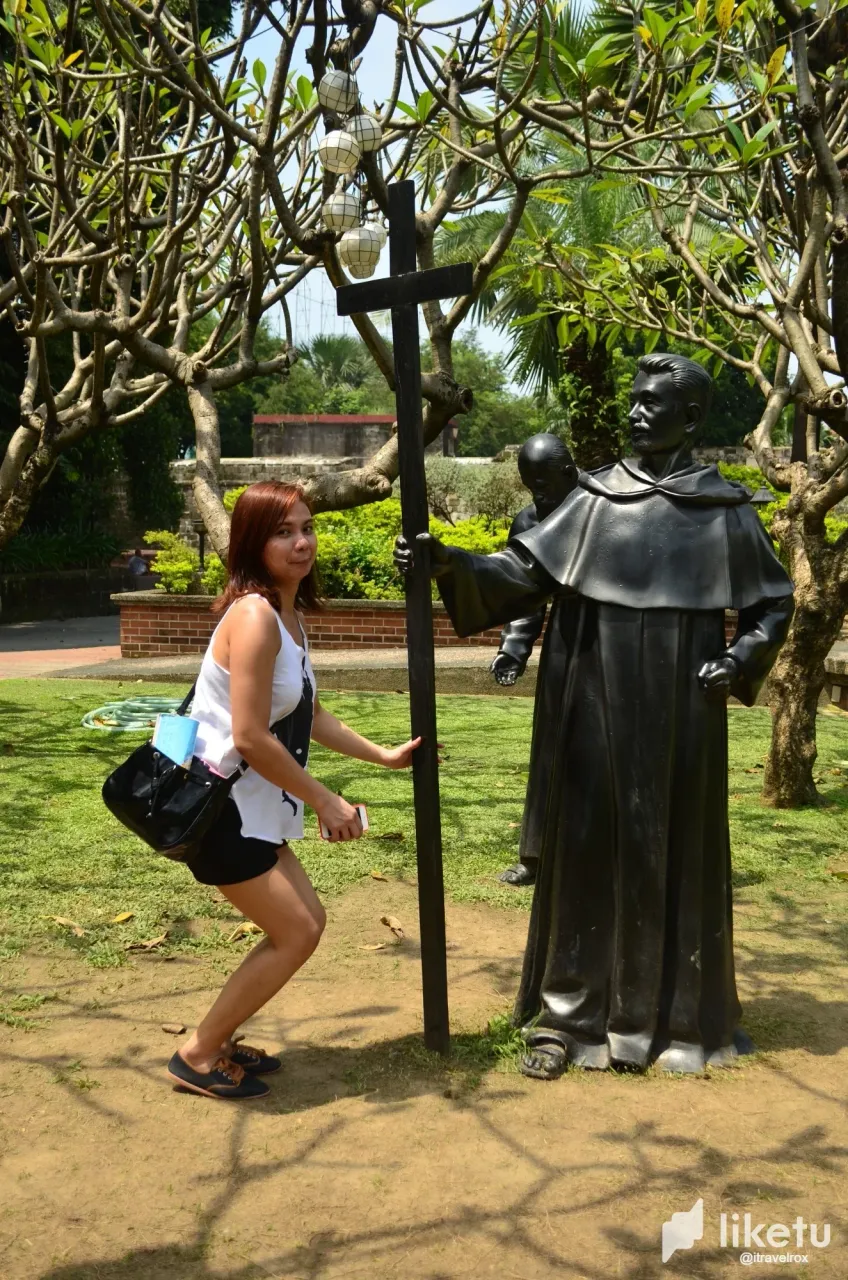
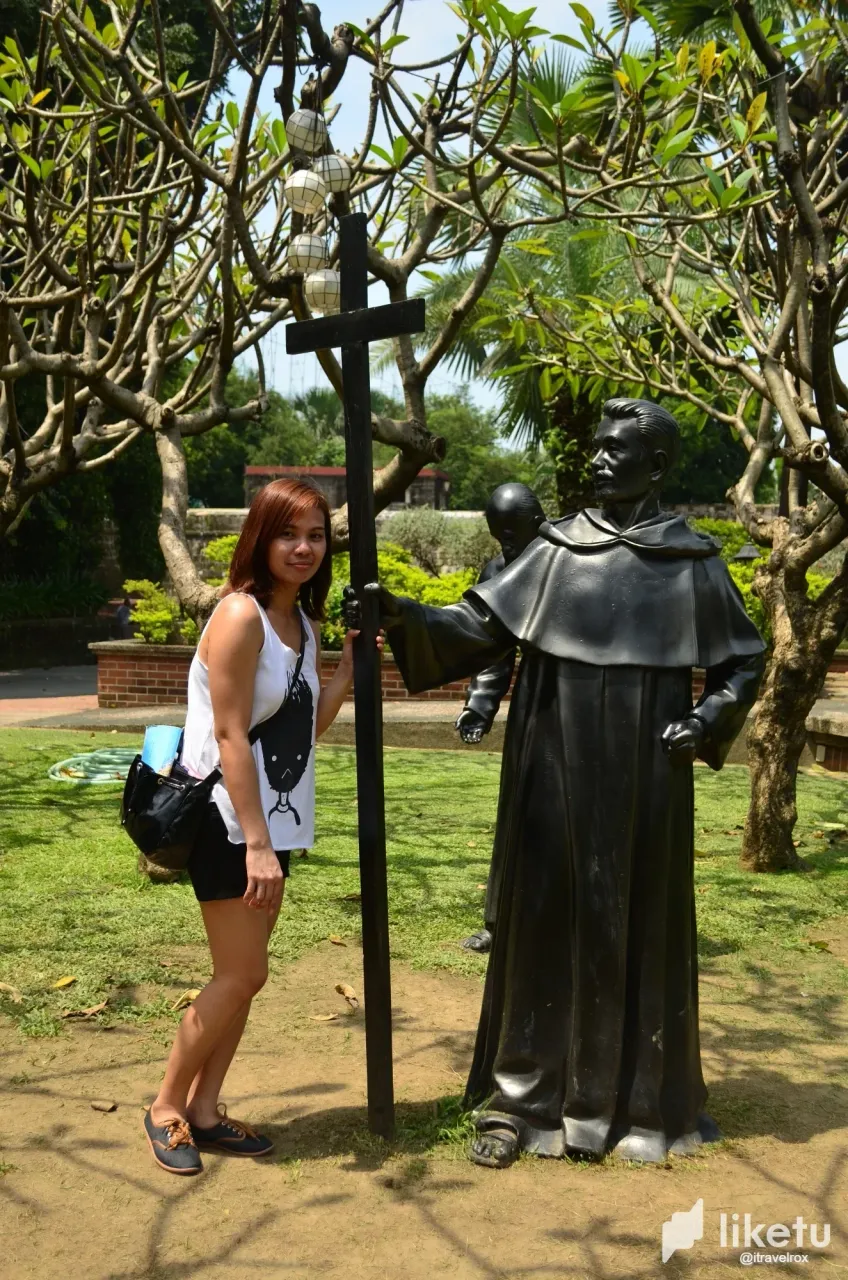

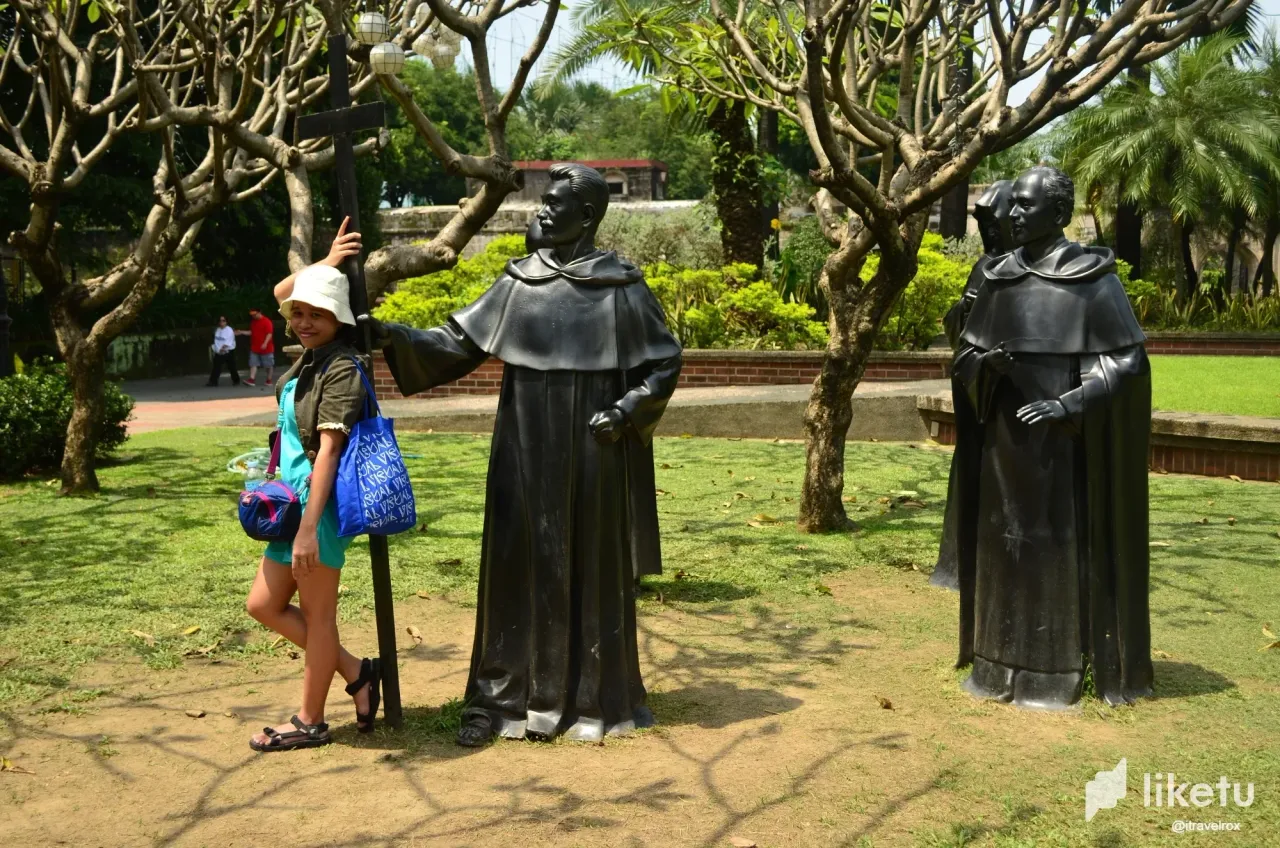
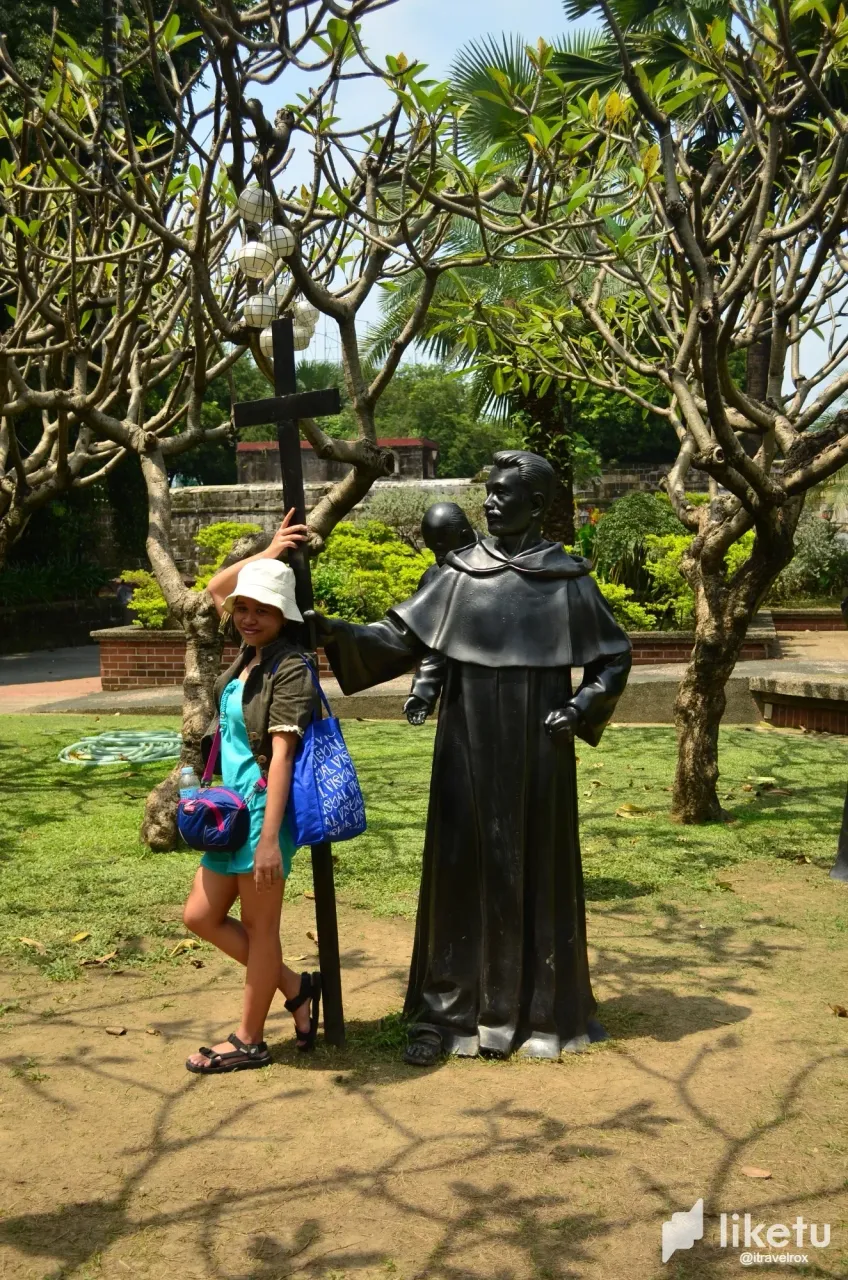

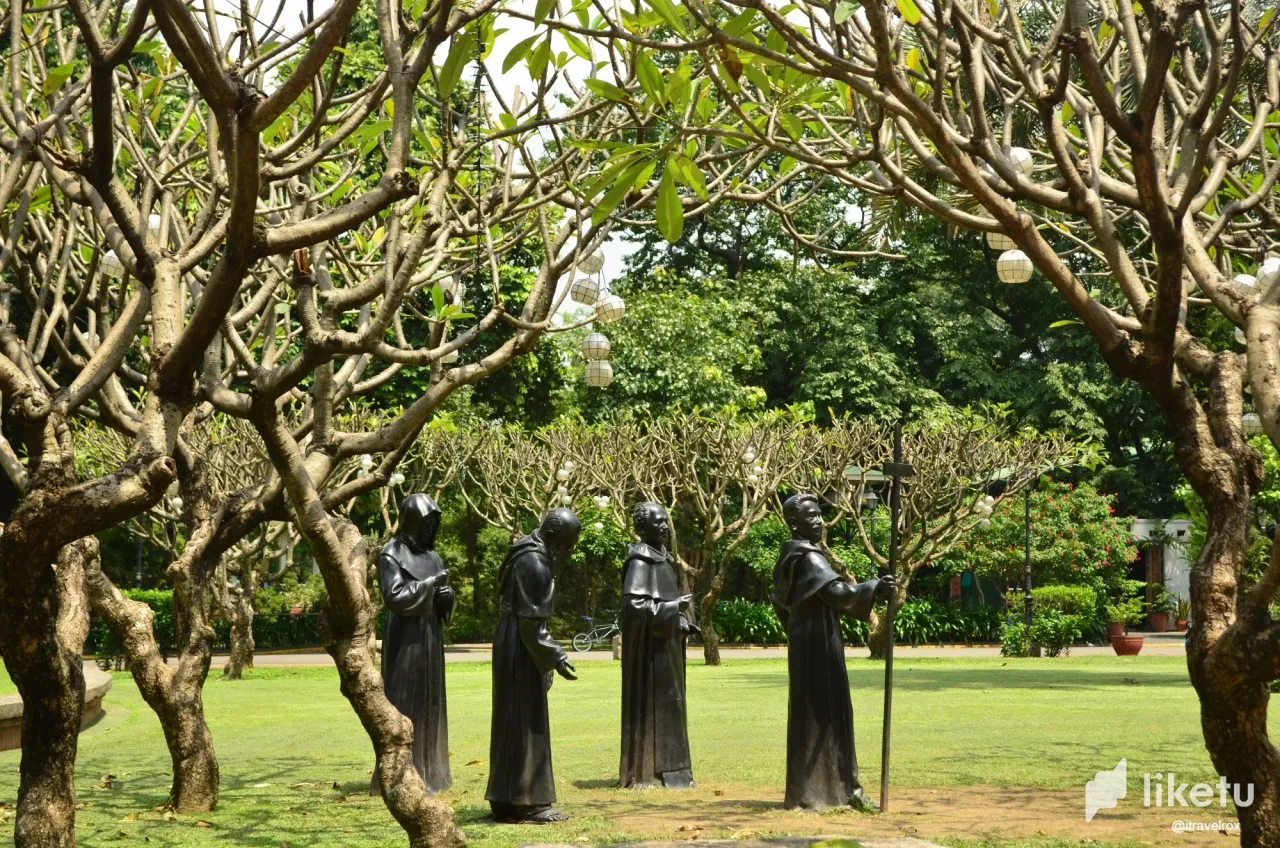
Gom-Bur-Za stands for Gomez, Burgos, and Zamora which refers to the three Filipino Catholic priests who were executed by a garrote by Spanish colonizers. Their full names were Mariano Gomez, Jose Burgos, and Jacinto Zamora. The execution happened in Bagumbayan, Philippines on February 17, 1872.
According to Wikipedia:
Gomburza incurred the hatred of Spanish authorities for fighting for equal rights among priests and leading the campaign against the Spanish friars. They fought on the issues of secularization in the Philippines that led to the conflict of religious and church seculars.[3]
Source: here
Well, that's a little bit of history with these three Filipino Catholic priests.
Us friends were having fun with the sculptures. Although we were just being funny, we could still remember our history. What the three Filipino Catholic priests did in Philippine history was no joke.
Of course, we still know what GOMBURZA means. The kids in the 90's somehow could still remember Philippines history.
That's all folks for today's blog post.
All photos were taken using a Nikon D5100.